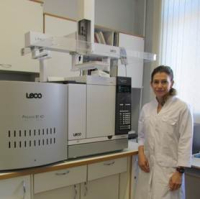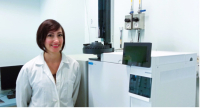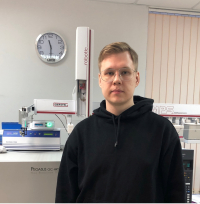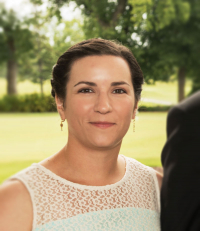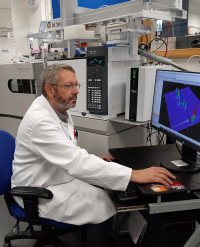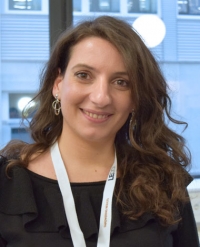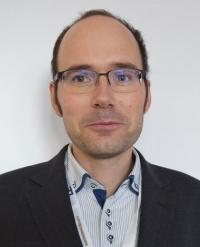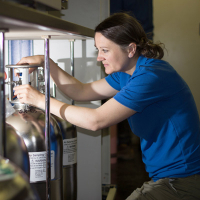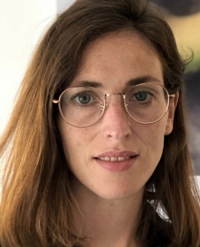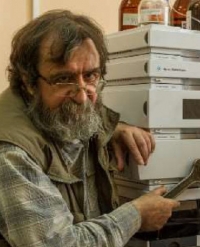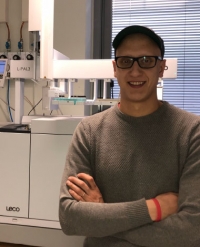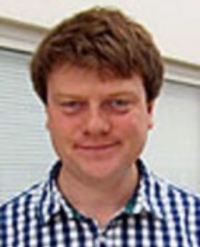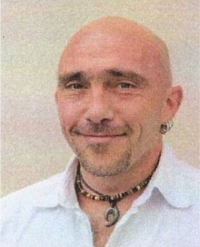University of Southampton
"In 2019 EPSRC funded our vision for a regional Centre of Excellence (CoE) in 2 dimensional gas chromatography and mass spectrometry. This Regional CoE, initially embracing the Universities of Bath, Portsmouth, Southampton, and Swansea, will significantly drive discovery, characterisation and quantification of new modalities, delivering a step change in capability for detection and identification of new species that cannot be separated and determined by 1D GC alone.
LECO’s Pegasus HRT 4D GC×GC-TOFMS and the benchtop BT4D GC×GC-TOFMS, both with extensive automated sample handling capability were delivered in late 2019 and early 2020. Installation of these state-of-the-art instruments was complicated by Covid-19 and lockdown 1.0. With such complex instrumentation, and application areas, effective training was key; here LECO took the initiative and provided both bespoke local and on-demand online training.
The level of service support and close collaborative relationship with LECO (applications team and account manager) has been first rate. Both systems can now be operated remotely, enabling high level users from across the South West region to access the instrumentation and allow many complex questions to be probed. Our work covers a vast array of application, e.g. petrochemical, environmental and metabolomics. The data sets are rich and complex, yet simplified by a user friendly software interface. Compared to 1D-GC, the 4D systems provide an astonishing number of additional analyte identifications, giving us deeper insight and understanding of the samples. Combining LECO’s high resolution mass spectrometry with comprehensive gas chromatography, multiple sample handling options such as SPME, Pyrolysis and TD along with full automation has created a world class laboratory of which we are all very proud."
